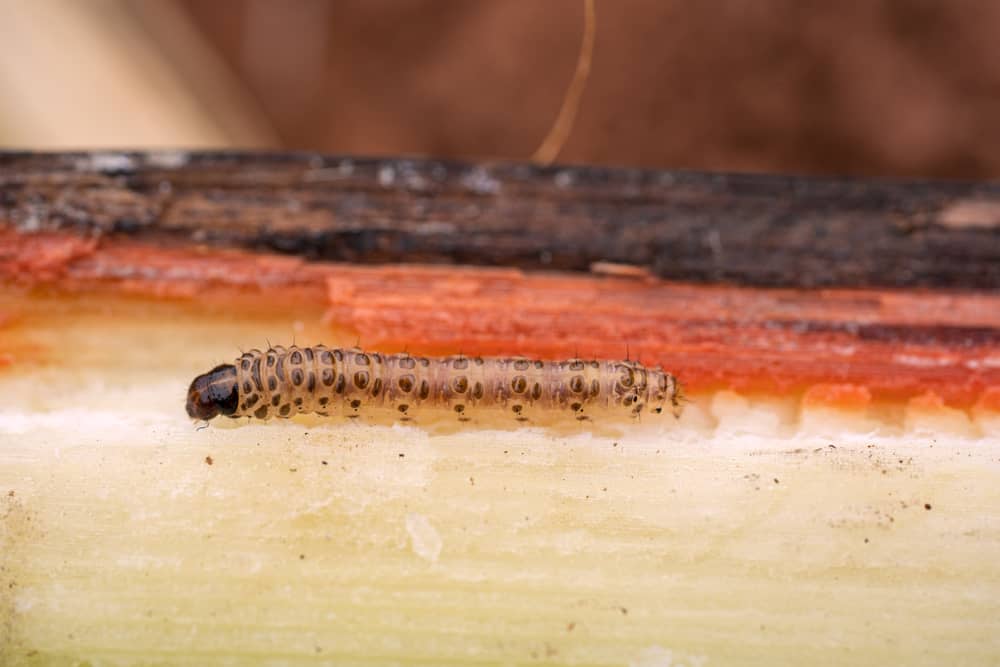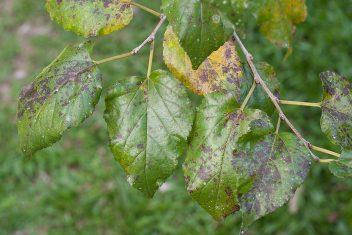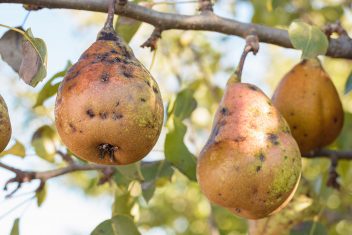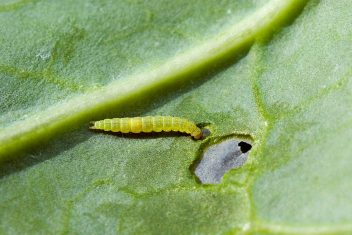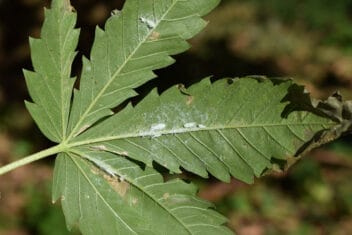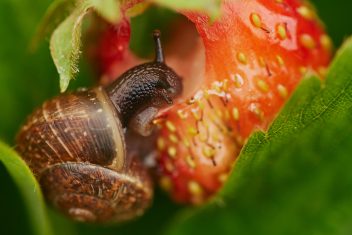There’s something annoyingly sneaky about cane borers. Aphids, caterpillars, and slugs are upfront about their designs on my garden, but cane borers would rather hide away and eat out of sight. They wriggle through the canes of raspberries, roses, hydrangeas, and other cane-plants – eating and damaging as they go.
Fortunately, they’re not an overwhelming pest. Maybe it’s because they really do want to pass unnoticed. It takes a pretty big infestation to catch the eye of any but the most attentive gardener. So even if you’ve never heard of cane borers, that doesn’t mean there aren’t a few of these sneaky pests in your garden.
Look closely at the canes of your plants and see if there are any of the tell-tale signs: swollen canes, galls, or girdled rings in the cane. If you see signs, it’s time to act.
What are Cane Borers?
First, let’s get an idea of just what sort of pest we’re dealing with.
Cane borer is a general term for a large variety of insects that bore into the canes of plants. Some bore into the cane to lay eggs, others bore in as larvae to feed. While the adult beetles aren’t considered harmful to your plants, seeing a lot of adult cane borers is an indication that you’ll have problems with larvae soon enough.
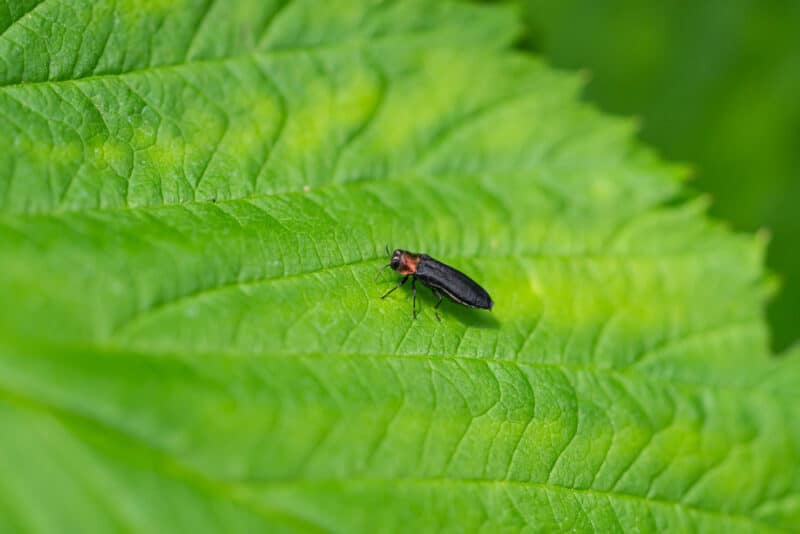
Fortunately, most cane boring beetles have a slow life cycle, so controlling an infestation is relatively easy.
The most common species in the United States are the raspberry cane borer (Oberea perspicillata), the red-necked cane borer (Agrilus ruficollis), and the bronze cane borer (A. rubicola). The red-necked and bronze varieties are flat-headed borers, while the raspberry cane borer has a rounder head.
In the extreme southern states, sugarcane borers (Diatraea saccharalis) are also common pests. While the raspberry borer, the flat-headed borers, and sugarcane borers all have a slightly different modus operandi, the means of eradicating them is the same.
Raspberry Cane Borers
Thes small, black beetles spend almost their entire lives on and in the canes of raspberry or blackberry plants. They have been known to affect other cane plants, however. You may find raspberry borers on blackberries, currants, and even roses.
Raspberry cane borers don’t cause a lot of damage in small numbers. Only a large infestation will noticeably affect your canes. Adult raspberry cane borers are only about 1/2-inch long. Females lay their eggs inside the raspberry cane and then puncture the cane above and below the egg point. This causes the tip of the cane to wilt (and makes it easier to identify afflicted canes).
When the larvae hatch, they burrow down into the cane and eat their fill. The larvae spend their first winter above ground, making it easy to prune away damaged canes and stop the infestation. In their second winter though, the larvae are in the crown of the plant, below the ground – making them much harder to exterminate.
It’s important to take care of affected canes before winter. Cut back the cans at least an inch or two below the punctured girdle. Then, burn the cut canes to kill off the larvae.
Rednecked & Bronze Cane Borers
The common rednecked cane borer and the bronze cane borer behave similarly. These tiny, 1/4-inch long beetles are primarily distinguishable by their colors. Unlike the raspberry cane borer, the flat-headed borers burrow into the cane as larvae (instead of hatching within the cane).
This burrowing causes a swelling or gall in the cane where the grub has forced its way in and out. The swelling will often look blistered and brownish. As the damage continues, the cane itself can split, spilling out frass or droppings.
The swelling is usually between 1-3 feet off the ground. Occasionally, it can be much higher – even 6 ft off the ground in tall blackberry canes. Once inside the cane, the flat headed borer larvae cause similar damage to the inside of the cane. The damage caused by rednecked borers can be more extensive though, and even a small infestation can kill off infected canes.
Like the raspberry borer, these flat-headed cane borers are easy to exterminate. Simply cut the can a few inches below the lowest swelling or gall and burn it. When the canes grow back in the spring, they’re free of cane borer infestation.
Sugarcane Borer
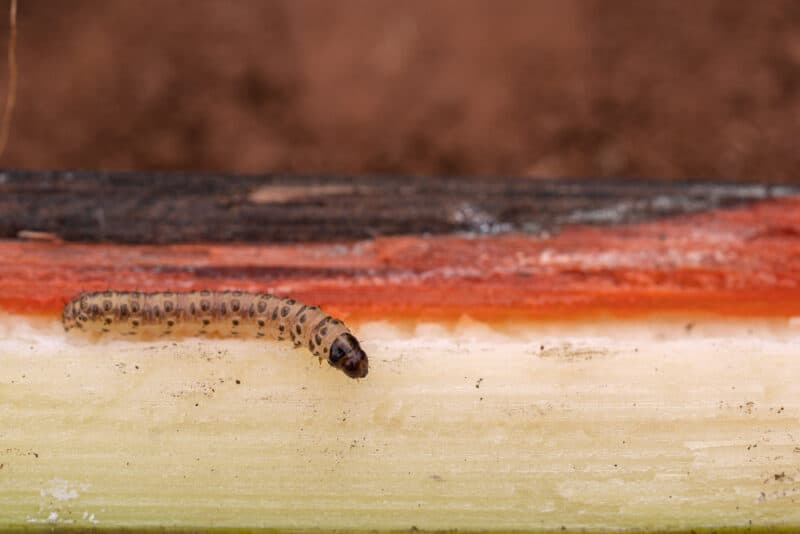
Unlike their low-key cousins, sugarcane borers are workaholics. Once they start, they’re a lot harder to stop. That’s partially because sugarcane borers reproduce much faster than raspberry, rednecked, or bronze cane borers.
Sugarcane borers live only in the extreme southern areas in the US. Producing up to 5 generations annually, sugarcane borers work (and grow) quickly. The larvae bore into the canes of corn and sugarcane, devouring as they go.
Adult sugarcane borers are moths, not beetles. They’re active at night, so you’re less likely to notice adults around your plants and go looking for larvae.
While sugarcane larvae can cause considerably more damage than many other varieties of borers, they respond well to similar extermination practices. Cut and burn stalks at the base of the plant and clear sugarcane and corn debris from the fields at the end of the season to break the lifecycle of these pests.
Signs of A Cane Borer Infestation
When you’re looking for a cane borer infestation, the signs can vary depending on the variety of cane plant and attacking insect. It’s important to look for a collection of small signs if you don’t see the obvious girdled or swollen canes.
In berry canes, the clearest signs are wilting tips, swollen canes, galls, and girdles of bored holes above and below the deposited eggs. In roses, hydrangeas, peonies, and other flowers, it’s often more common to notice frass, stunted growth, and wilted leaves.
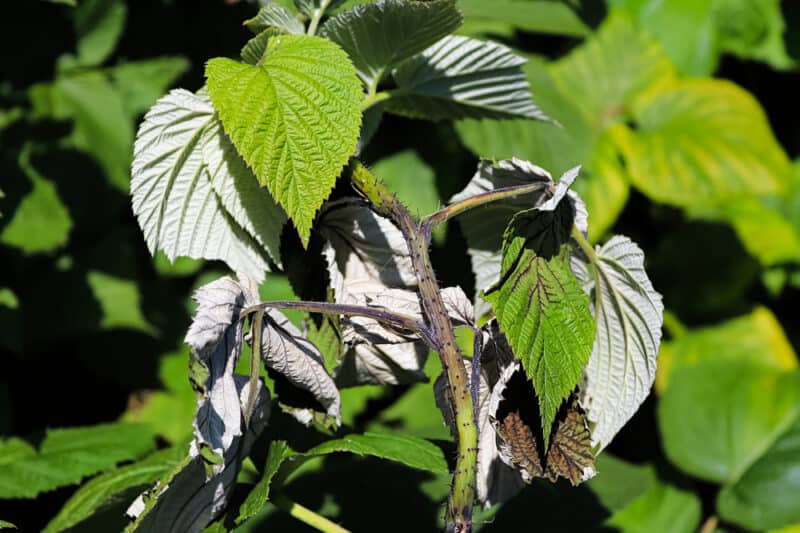
Take all the signs together to determine whether or not you’re dealing with a cane borer infestation. Look for a small amount of sawdust-like material on leaves or around the base of the plant. You should also examine the leaves. If they’re turning yellow, drying out, or wilting, that’s another sign of infestation.
The overall plant may look stunted, with wilted leaves all around it, which is a sign that sap is being sucked out of some primary cane. Strong infestations may leave your berry canes unable to produce berries at all.
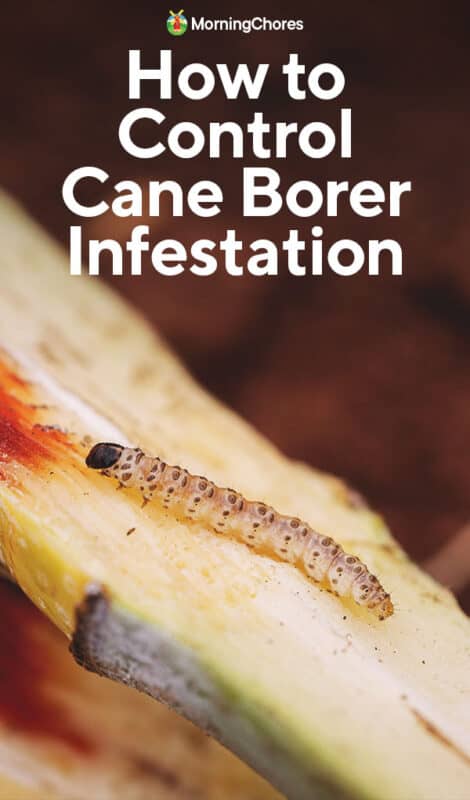
Fighting Infestation Without Cutting Canes
While cutting back infested canes is the best way to fight an infestation of cane borers, it’s not always the ideal choice for your plants. In situations where cane borers have infested roses, hydrangeas, or lilacs it’s often better to try a less drastic means of extraction before pruning the plant.
Do Insecticides Work?
Unfortunately, insecticides aren’t the best option for cane borers. Most borers have such a long life cycle – most of which is spent safely tucked away inside the cane of your plant. In this case, insecticides will only kill the harmless adults and give you the illusion of having solved the problem.
Careful Pruning
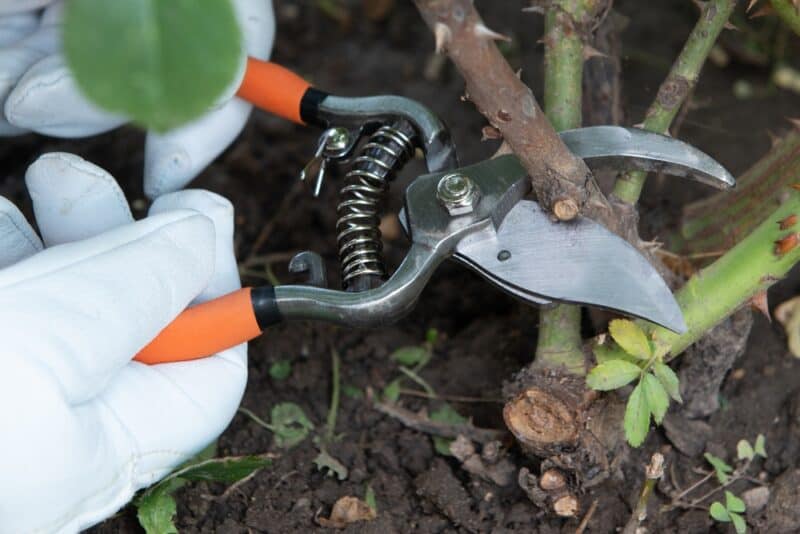
If the infestation is minimal – limited to one or two small areas on the plant – it might be the best option to carefully prune away those infested canes. This can be devastating if you’re rose bush has been in the family for years, but it’s still the best and most reliable way to stop the damage. Don’t worry, new canes will grow.
Individual Extraction
In cases where you absolutely can’t cut away every infested cane, it’s time to try individual extraction. Using a wire, insert it through the hole the larva bored into the cane and draw out the pests one by one. Or use light traps specifically designed for insect removal to drive them out of your canes.
Once you’re done probing to extract the borers, remove the wire and seal up the openings. It’s best to use a gentle, white glue like Elmer’s multi-purpose glue. Seal the opening with the glue and then sprinkle a bit of dirt over the glue while it’s still wet. This process will keep other insects from taking up where the borers left off.
Introducing Beneficial Insects
Another way to fight off entrenched infestations is by introducing beneficial insects. Nematodes are small, wormlike creatures that can kill hundreds of damaging insects in days. Since nematodes aren’t boring insects themselves, however, you will have to inject them into the canes manually. You can buy nematodes at your local garden store and use a syringe without the needle to inject them into the cane.
